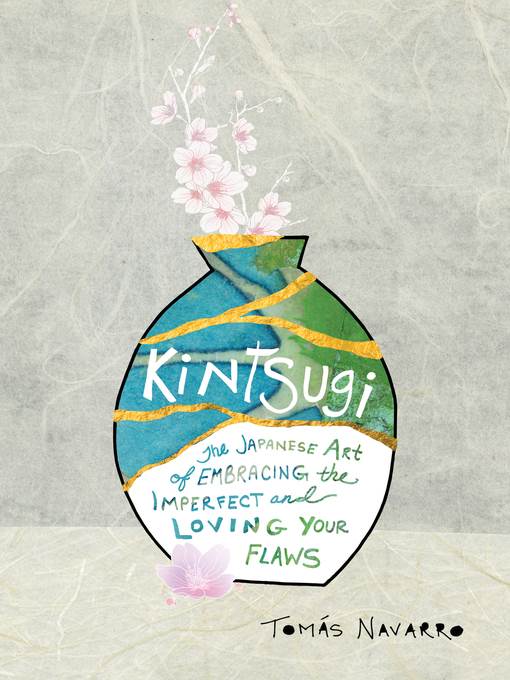
Kintsugi
The Japanese Art of Embracing the Imperfect and Loving Your Flaws
کتاب های مرتبط
- اطلاعات
- نقد و بررسی
- دیدگاه کاربران
نقد و بررسی

September 9, 2019
Psychologist Navarro uses kintsugi, the Japanese art of honoring the beauty in broken pottery by fusing the pieces back together, as a metaphor for personal healing in his approachable debut. Kintsugi, Navarro writes, recognizes the “fragility, strength, and beauty” in the repaired object, and Navarro has found its basic principles of close analysis, detailed planning, and patient rebuilding to be helpful tools for his patients to process and move beyond trauma. With lively prose and many creative analogies (such as the body being like a “sleeping giant,” having “everything you need to repair a wound,” though one’s body “won’t set the process in motion until you need it”), Navarro eases the way through the many questions that structure each section. Weaving in professional and personal anecdotes, he considers “repairing” from job loss, low self-esteem, the loss of love, and the loss of “hope and joy.” For each situation he offers advice based on freeing one’s judgment from guilt and shame, learning from what happened, and dissociating the negative experience from one’s self-image. Readers “focused on building a new reality” after trauma will be interested in Navarro’s constructive kintsugi analogy and many examples of healing taken from his practice.

October 1, 2019
In the wake of Meik Wiking's widely popular Little Book of Hygge comes this latest from Hong (The Birth of Korean Cool), who asserts that the Korean concept of nunchi is not just a quaint custom but a subtle art of gauging other people's thoughts and feelings to build harmony, trust, and cooperation. The author refers to this skill as a superpower, a form of emotional intelligence that enables one to "read" quickly a room or situation and respond appropriately. Hong instructs readers how to develop nunchi and use it to improve their everyday life. One intriguing rule is "never pass up a good opportunity to shut up," advice that can serve everyone well.In contrast, psychologist Navarro considers the Japanese art of kintsugi, which focuses on tending to what is broken while making reconstruction highly visible. While the term kintsugi actually refers to the repairing of objects, Navarro applies it to healing one's own broken pieces with loving attention and kindness. Navarro suggests that we can face adversity head-on by first picking up the pieces, analyzing what happened, connecting with our emotional strength, and restoring what was taken apart. Navarro offers specifics for healing after job loss, raising low self-esteem, and finding hope, then segues into mottainai, giving oneself a new opportunity. VERDICT These two books give readers the chance to incorporate principles into their daily lives that will help them see through many everyday challenges.
Copyright 2019 Library Journal, LLC Used with permission.

























دیدگاه کاربران